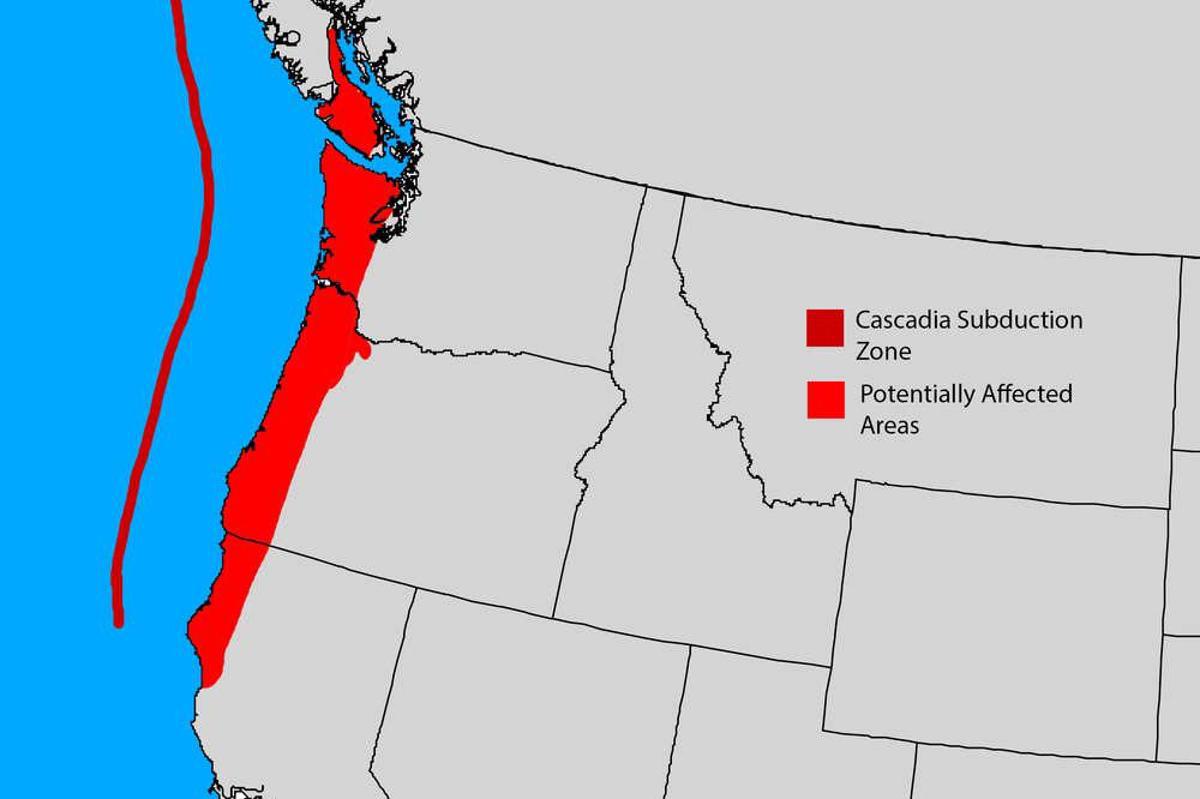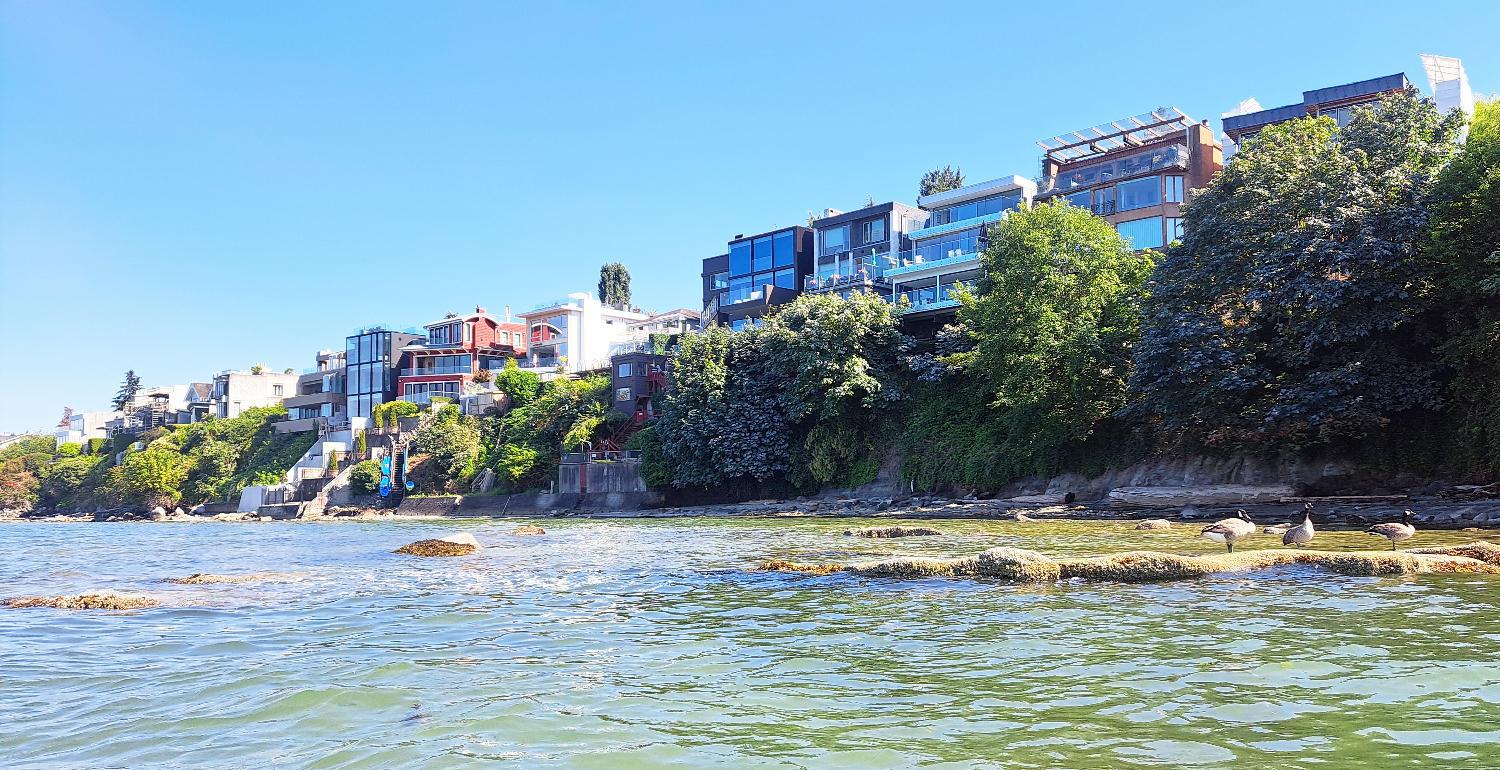The West Coast of North America is no stranger to earthquakes. However, a new study shows that an incredible catastrophic earthquake, known as “the big one,” isn’t far away.
Scientists have always understood why the West Coast is so susceptible to earthquakes, but thanks to extensive research, they now know how to predict when the next “big one” is coming… and it’s soon.
Why Is the West Coast so Susceptible to Earthquakes?

The West Coast of North America, specifically from Northern California up past Vancouver, Canada, to Southern Alaska, is exceptionally susceptible to earthquakes because it sits along the Cascadia Subduction Zone.
The Cascadia Subduction Zone is a massive, 600-mile-long fault line along the North America and New Juan Fuca tectonic plates. And it’s in an extremely precarious position.
Understanding the Geography of Tectonic Plates

There are between 15 and 20 tectonic plates on Earth. Like a jigsaw puzzle, the plates cover the world’s surface and meet at specific locations.
The places where the plates meet are known as fault lines, and these lines, like the Cascadia Subduction Zone, are constantly under extreme stress.
How Fault Lines Cause Earthquakes

The tectonic plates push against each other and often slip a few centimeters. These “slips” create small and sometimes giant earthquakes.
Because of this reality, scientists have dedicated an immense amount of time and energy to understanding the tectonic plates and fault lines and predicting the possibility of small and large earthquakes to better prepare those who live nearby.
Studying the Cascadia Subduction Zone

According to one report, the Cascadia Subduction Zone affects some 15 million people across the West Coast of the US and Canada, including those living in Seattle, Portland, Sacramento, and Vancouver.
Understanding this particular fault line is, therefore, exceptionally important. Fortunately, scientists have recently published a comprehensive study that shows when the Cascadia Subduction Zone has led to mega-quakes and, even more importantly, when it will again.
40 Major Earthquakes in 10,000 Years

The study found that the Cascadia Subduction Zone has produced around 40 major earthquakes in the past 10,000 years.
The researchers also determined that the catastrophic quakes occur on a predictable timeline, every 200 to 800 years. And the last major earthquake hit in 1700.
The 1700 Cascadia Megathrust Earthquake

Researchers know that the 1700 Cascadia Megathrust Earthquake was one of the largest earthquakes in history, with a magnitude between 8.7 and 9.2.
The quake was so aggressive that it caused widespread destruction across the West Coast and created a massive tsunami that reached Japan, devastating villages and towns along the coast.
The “Big One” Isn’t far Away

So, according to their calculations, the Cascadia Subduction Zone has not caused a major earthquake in 325 years. Since they strike on average every 500 years, we aren’t far off from another tragic and fatal quake.
This earthquake, which researchers have already named “The Big One,” will likely occur in one particular area of the fault line.
Findings From the Cascadia Subduction Zone Study

The study found that, while other faults follow one line, the Cascadia Subduction Zone line is not continuous but divided into more than four segments.
The good news is that this segmentation could limit the size of imminent earthquakes, but the bad news is that one section is particularly dangerous. And it runs along one of the most populated areas of the West Coast, from Oregon to Vancouver Island.
West Coast Residents Need to Be Prepared

Researchers believe that this particular segment and the residents of northern Oregon and Vancouver, Canada, are the most at risk. However, everyone who lives along the West Coast should be prepared for a potentially cataclysmal quake in the coming years.
That means understanding what to do when an earthquake strikes, having an emergency kit ready in case of power and water outages, obtaining a home assessment to ensure the dwelling can withstand a quake, and planning safety measures and procedures ahead of time.
The “Big One” Will Cause a Giant Tsunami

It’s important to understand that while an earthquake of this magnitude will cause substantial damage, it’s not the only concern for West Coast residents.
The Big One will also cause an enormous tsunami that could lead to miles of destruction along the West Coast and even the coast of Japan. Therefore, residents also need to have an emergency plan for a tsunami.
West Coast Residents Living Along the Sea Should Be Ready for Anything

Of course, those who live right on the seacoast should be the most prepared for the giant earthquake and subsequent tsunami that is almost certainly headed their way.
However, this eruption could be so drastic that it affects residents living several miles inland. In other words, anyone living in Oregon, Washington, California, and British Columbia must be ready.








































